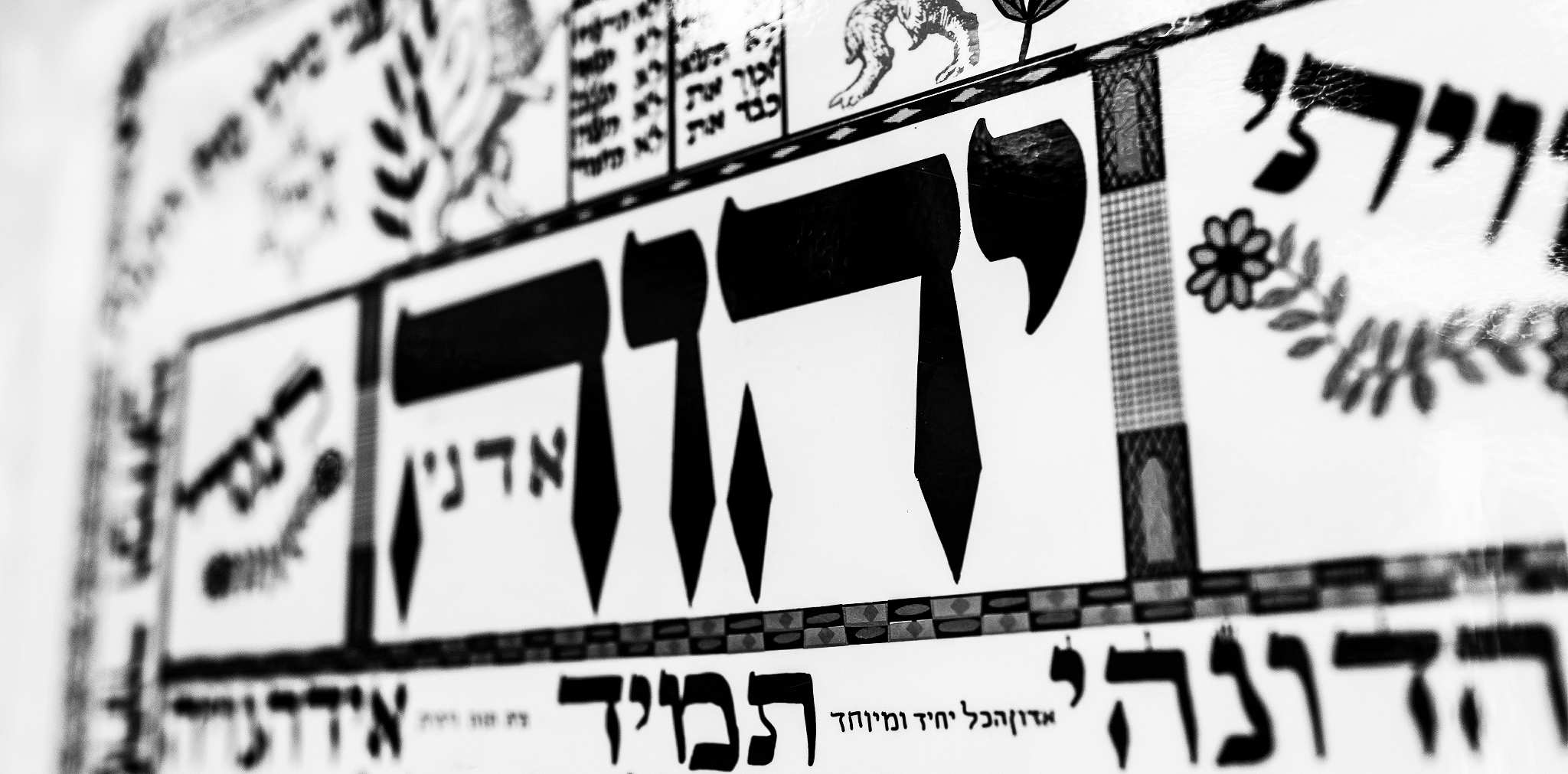 Recall that Yeshua said he would be “three days and three nights” in the earth after his crucifixion and then resurrected (see Matt. 12:40). There is no way, however to sum three days and three nights from Friday afternoon to Sunday before sundown… Therefore Yeshua was not crucified on a Friday. Instead Yeshua was crucified and buried Thursday afternoon on Nisan 14, before the Passover high Sabbath began; He was in the tomb throughout Nisan 15 (Thursday night and Friday day) as well as Nisan 16 (Friday night and Saturday day), and then He was resurrected Nisan 17 (Saturday night). The women arrived to see the stone removed before sunrise on Sunday (Matt. 28:1). Note that the Greek text of the New Testament says that women came to the tomb at the end of the “Sabbaths” (σαββάτων), indicating both the Sabbath of the Passover as well as the weekly Sabbath.
Recall that Yeshua said he would be “three days and three nights” in the earth after his crucifixion and then resurrected (see Matt. 12:40). There is no way, however to sum three days and three nights from Friday afternoon to Sunday before sundown… Therefore Yeshua was not crucified on a Friday. Instead Yeshua was crucified and buried Thursday afternoon on Nisan 14, before the Passover high Sabbath began; He was in the tomb throughout Nisan 15 (Thursday night and Friday day) as well as Nisan 16 (Friday night and Saturday day), and then He was resurrected Nisan 17 (Saturday night). The women arrived to see the stone removed before sunrise on Sunday (Matt. 28:1). Note that the Greek text of the New Testament says that women came to the tomb at the end of the “Sabbaths” (σαββάτων), indicating both the Sabbath of the Passover as well as the weekly Sabbath.
To understand this reckoning, you must remember that a Jewish day starts at sundown and ends at twilight the following day. If Yeshua was on the cross on Nisan 14 (during the time of sacrifice of korban Pesach at the Temple) and was raised after three days and nights, we then would have the following chronology:

According to this reckoning, Yeshua was crucified on Nisan 14 (a Thursday), exactly when the Passover Lambs were being offered at the Temple, and He rose from the dead three days and nights later, on the night of Nisan 17 (i.e., before sunrise on Sunday):
- Nisan 14 evening – Yeshua’s early Seder (Wed. night)
- Nisan 14 daytime – “Preparation day” (Luke 23:54) for Passover.
- Nisan 15 evening – The Sabbath of Passover begins (eve)
- Nisan 15 daytime – The Sabbath of Passover continues (day)
- Nisan 16 evening – The Weekly Sabbath begins (sundown Friday)
- Nisan 16 daytime – Weekly Sabbath day
- Nisan 17 evening – Yeshua resurrected before sunrise on Sunday.
- Nisan 17 daytime – Women at empty tomb early in the morning.
In this connection let me add that it is a shame that Church tradition fails to observe the Biblical commandment to observe Passover at the time of the full moon on Nisan 15, since that loses the connection between Passover and the Festival of First Fruits (i.e., Yom Bikkurim) on Nisan 17. Apparently Christian tradition, disregarding the Torah and the Jewishness of Yeshua’s ministry, followed Emperor Constantine’s decree by setting the date of the resurrection to always fall on a Sunday, and therefore he decreed that the first Sunday after the spring equinox would be “Easter” or “resurrection” Sunday. In short, the Christian church, following the solar calendar and the calendar of Pope Gregory XIII, celebrates “Easter” on the first Sunday following the spring equinox, whereas Passover begins on the first full moon of Nisan, as stated in the Torah (Exod. 12:6; Lev. 23:5-6; etc.) followed by First Fruits two days later:


Note: I want to add something here just in case anyone were to assume that I am questioning the truth of the resurrection of Yeshua, God forbid! No, I am eternally grateful to God for the crucifixion and resurrection of the Lord: Yeshua is risen! Amen! He is the first fruits of all who have died (1 Cor. 15:20). That said, I believe it is our duty to study the Hebrew and Greek in order to accurately translate and interpret the Scriptures, and doing so indicates that church tradition is wrong regarding the matter of “Good Friday.” I wrote this entry simply because I often hear pastors dogmatically proclaiming that Jesus died on “Good Friday” and was raised on “Easter Sunday,” etc., with no contextual exegesis regarding Pesach, Bikkurim, Matzot, etc. and how Yeshua fulfilled the significance of these holidays perfectly…. Those connections are simply lost in historical church teaching about this subject…
